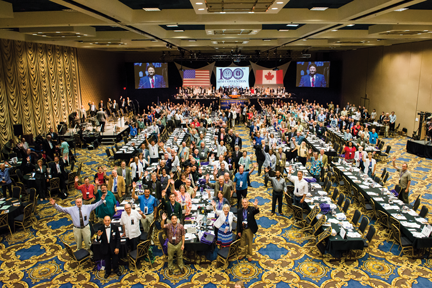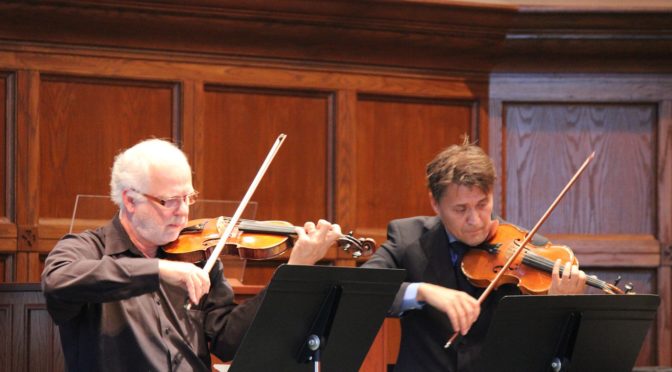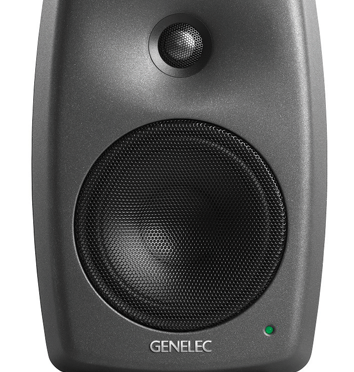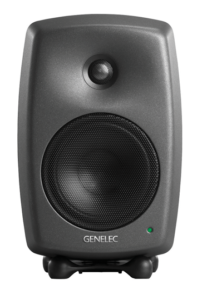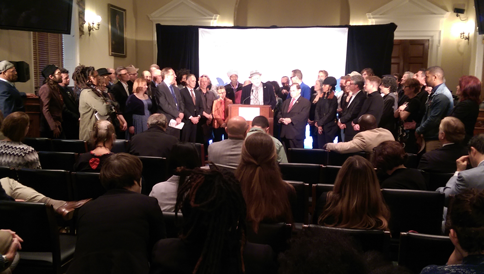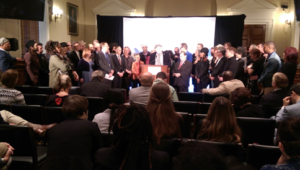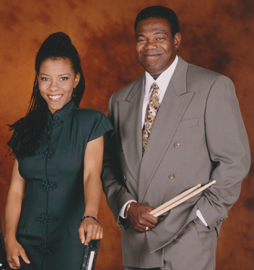by Patrick Varriale, Director AFM Electronic Media Services Division
The following story is true: A contractor who was very active in the 1970s, 1980s, 1990s, and 2000s, and kept meticulous records for his many recording sessions, called to ask us if the Federation could use copies of his B report forms. Without missing (excuse the pun) a beat we said, “YES! Absolutely! Definitely!”
We are in the process of scanning those forms so that they can be cataloged and readily accessible for potential additional use of the musicians’ product, thereby generating additional payments on their behalf. This helps us tremendously to streamline the billing process for the ever-increasing number of projects utilizing existing material.
This story serves as a perfect reminder to all local officers and staff to please be sure to forward to the AFM copies of all B forms and music preparation invoices your local receives for recording projects. The forms are maintained in both the New York and West Coast offices. The potential additional uses normally administered by the AFM include sound recordings that are licensed for use in a theatrical motion picture, television film, commercial announcement, etc., or in a special project (clip show, “anniversary” show, award show, etc.). These projects are ongoing and oftentimes there is a tremendous amount of research that is undertaken by our staff on both coasts for any given project to ensure that the musicians receive proper compensation for the additional use of their product.
Your local should be proactive in making sure that the B forms are filled out completely and accurately, with a current signatory to the appropriate AFM agreement in place. These forms should be maintained and readily available when pursuing the usual additional payments. Two examples would be (1) under the Commercial Announcements Agreement for reuse, foreign use, or Internet use of commercial announcements and (2) under the live television agreements for reruns, foreign use of programs, and programs that are made available in supplemental markets—DVD releases or a different type of television (commercial television to basic cable television). And please be sure that music preparation invoices are matched up to the report forms that are filed for the instrumentalists.
Please send any and all B report forms (and music preparation invoices) to the New York office: American Federation of Musicians; Attn: EMSD; 1501 Broadway, Suite 600; New York, NY 10036. Contact us with any questions you have.


